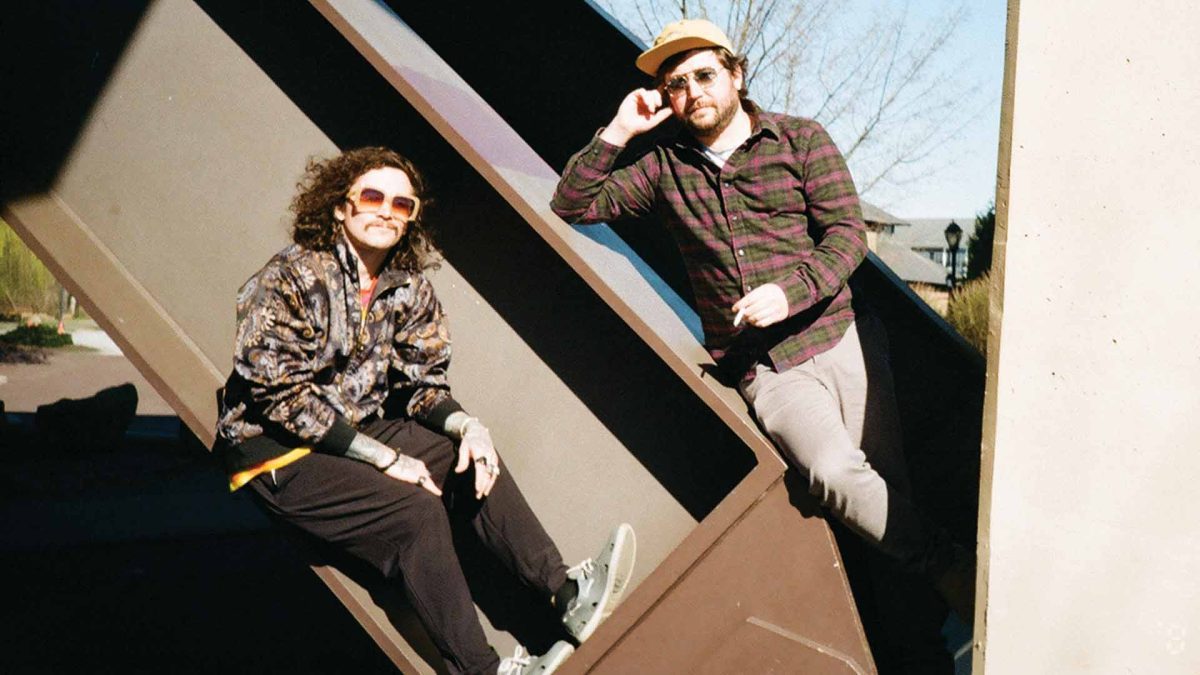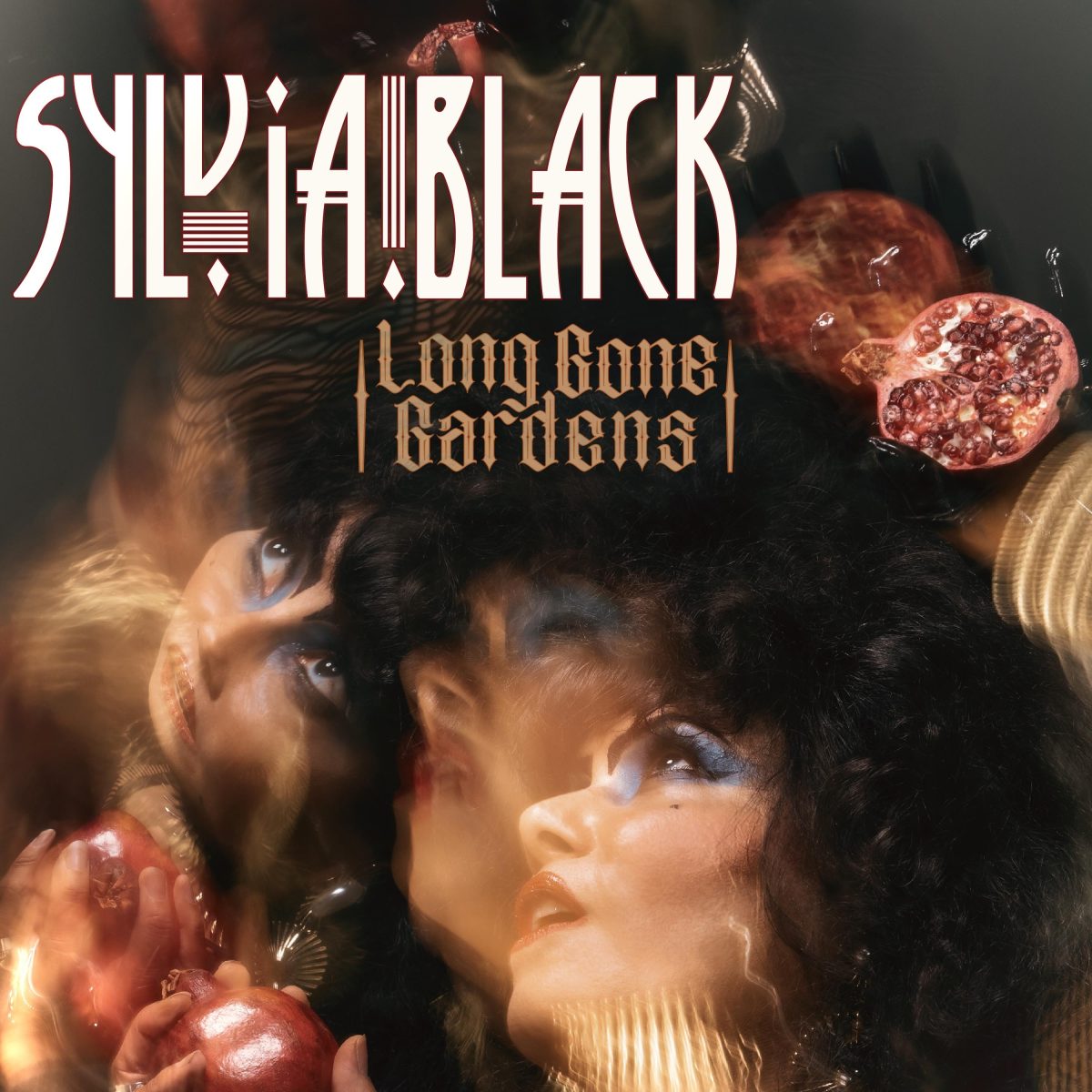by Joe Jamnitzky
Despite only being an EP, as well as being sandwiched between two full length major albums, Nine Inch Nails’ Broken serves an extremely important place in Trent Reznor’s discography. It’s the bridge between the more synth-oriented Pretty Hate Machine and the grand concept of The Downward Spiral. It was a collection of songs born out of anger, frustration, and could be considered the most brutal sounding collection of songs he has ever released.
See, Reznor found himself at odds with his current label, TVT. As is the norm for labels, they basically wanted a repeat of Pretty Hate Machine, so they could get more successful singles out of it. Reznor, though, wanted none of that. Actually, what he wanted was for the label to terminate his contract, which they basically refused. As a result, he and producer Flood started recording under different names, so as to avoid TVT finding out about the recordings.
Without getting into all the legal details (because that’s a whole story in itself), Broken would become NIN’s very first major label release, via Interscope, while still carrying the TVT logo as well as Reznor’s new Nothing Records imprint. The result of constant touring, as well as having the backing of a major label who accepted what he wanted to do (despite him not being fond of Interscope either), paid off. Broken, despite only being an EP, peaked on the Billboard 200 at #7; in comparison, Pretty Hate Machine had only peaked at #75.
All of the frustration is evident throughout the entire disc; the fact is, this stuff is LOUD. One of the inspirations for it was his live band at the time. He found that, when playing live during the previous tour, the songs were much more aggressive, a sound which he wished to reproduce on album. This album is pretty much dominated by loud guitars, pounding beats, and screamed vocals, with only one small break about halfway through during the instrumental “Help Me I Am In Hell”.
The release would also spawn the Broken movie, which would not end up seeing the light of day for years, due to the graphic content involved throughout it (it can be found online, however, which is also a totally different story; seriously, for only being an EP, there sure is a lot about it that can be discussed). The video for “Happiness In Slavery” would end up being universally banned for similar reasons (though it would eventually receive some airplay eventually). As a matter of fact, “Wish” would really be the only song whose video would get airplay; it also would earn NIN their very first Grammy, for Best Metal Performance.
Obviously, “Wish” and “Happiness In Slavery” have since gone on to be classic NIN tracks, and almost always show up in concert setlists. Because there are only 8 songs (two of which are hidden tracks), no single song stands out, because they’re all that good. “Gave Up”, the final main track, is a particular favorite of mine, and often shows up in concerts as well (check out the alternate studio version below, featuring a pre-Filter Richard Patrick and a quite young Marilyn Manson, both on guitars; this performance is awesome, to say the least).
So, despite all the troubles behind the recording and release, Broken would put him on the brink of being a star. The success of both singles, one being a Grammy winner, as well as the EP reaching the Top 10 itself, and all on a major label debut, would provide Trent Reznor with the ability to record an album that he really wanted to make, and one that would thrust him completely into mainstream consciousness, whether he wanted that or not.
Cue The Downward Spiral…







